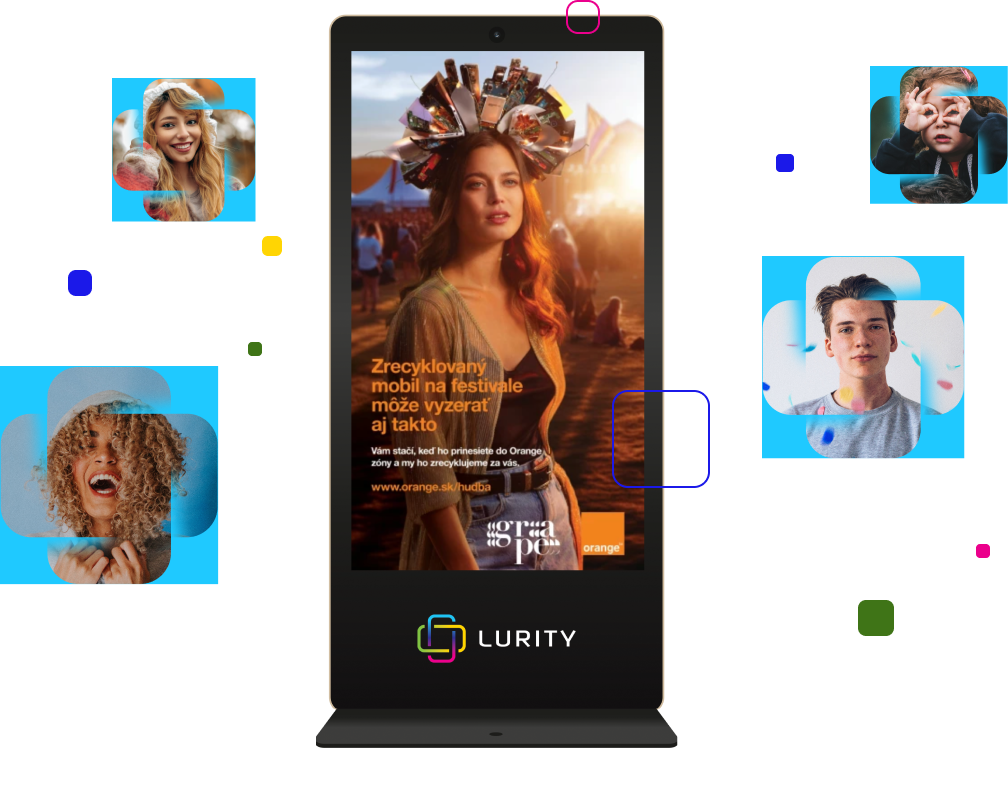1. Attrack the attention
A person who does not see the advertisement cannot even be affected by its advertising message. Therefore, your primary goal is to attract the eyes of passers-by.
This is easier said than done, as most people suffer from so-called "Advertising blindness". How does that advertising blindness manifest itself? Imagine walking around the city center full of advertising citylights, lightboxes and billboards. Suddenly, interviewers stop you and ask what you think about the billboard advertising you just passed. I bet you'll have something to do to remember.
Of course, even if one does not consciously remember a particular advertisement, one subconsciously registers millions of stimuli. At least out of the corner of his eye, he notices the ads. However, as quickly as it registers objects, the brain filters out the insignificant and forgets them later.
According to physiological studies, the eye responds better to stimuli when it moves. Billboard areas with a static visual therefore pull on the shorter end compared to digital areas, as the eye has been trained for years to ignore them. If you're interested in campaigning, use dynamic video or animation ads, as a moving image is easier to grab the attention of passers-by.
Although video production is more laborious and expensive, the difference in efficiency is not negligible. However, you don't have to shoot a star-studded commercial for people to notice. Sometimes it is enough to add simple animations to the static visual so that the moving content captures the viewer's view.
2. Replace the text with graphics
The time is fast and social networks have taught people to consume short password information. Therefore, the average post on Twitter is only 33 characters, and therefore the average viewership of a video on YouTube is only 10 seconds. However, we have found that in outdoor advertising you have even less time to engage the viewer…
Each of our advertising screens has a camera attached that can measure viewership. Based on these measurements, we found on a sample of 18 million interactions with advertising that the average eye contact with outdoor advertising visuals is less than 2 seconds. Even, it doesn't matter much whether the ad is an image or a video - video ads had a viewership of only 0.3 seconds longer than the image ones. Thus, the video does not significantly prolong the interaction with the viewer, it only makes him more easily interested.
In OOH advertising (billboard, digital citylight, LED board and others), the message should be concise, clear and concise. To understand why this is so, a short thought is enough - if you only had 2 seconds to persuade a random passer-by to buy your product, what would you tell him about the product? Would you start telling him about the history of the product and its 18 benefits, or would you focus on just one - the biggest?
I guess you wouldn't have time to tell him anything about the product in 2 seconds. You would have to start improvising - to find a form with which it is possible to present a specific advantage of the product in an extremely short time …
It is said that better to see once than to hear 3 times. In outdoor advertising, however, we could say straight away that it is better to see once than to read 10 times. In other words, it is useless to describe the benefits of a product that can be aptly expressed in a single image or animation.
Surveillance studies have found that people pay close attention to images that carry an informational message. When pictures were relevant, people spent more time looking at pictures than reading text. Therefore, use the power of informational images and animations to replace unnecessary text.
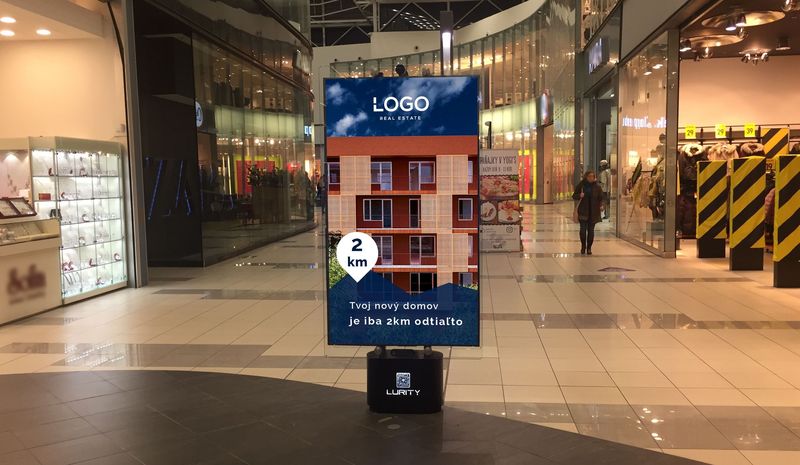
3. One visual, one message
After reading the previous paragraph, it could be that the possibilities of billboards and digital citylights are very limited in terms of the number of communication messages. However, this is not the case - it is possible to communicate several benefits of the product through outdoor advertising media. However, it is necessary to divide the various messages into separate visuals.
For example, if a banking application has 5 unique functions, it is advisable to present each function via a separate visual. A random passer-by handles a given stimulus more easily than if you serve him all 5 benefits at once.
In addition to having time to process the stimuli, remembering the advertising message will also increase radically. One can remember a maximum of 3-4 properties of the product at once. So if you show a person a greater number of advantages or features of the product, you risk that the viewer will not remember any of them.
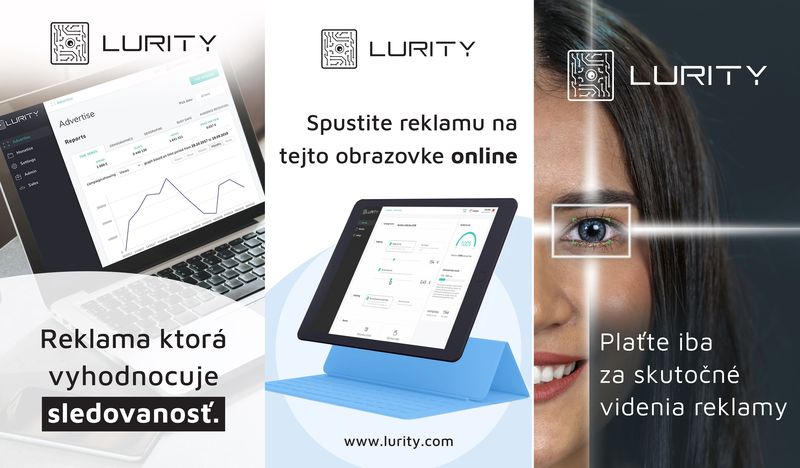
4. "Save text"
People on the street or in the mall are constantly on the move. They don't sit at home behind the TV screen in comfort, but they usually hurry somewhere. It is therefore naive to think that they will have time to read the billboard, as if it were an information brochure they had just taken from the exhibition.
If you can express a communication message in one picture or video, be sure to do so. Ideal is an image that no longer needs any comment. However, if you need to add text to the visual, try to shorten it as much as possible.
Read the text repeatedly and try to "throw" everything unnecessary from it, such as word wool, shabby marketing phrases and the like. Repeat this process until the ad text has only a few words that contain the necessary information. Sometimes it is more and in outdoor media this is done in duplicate.
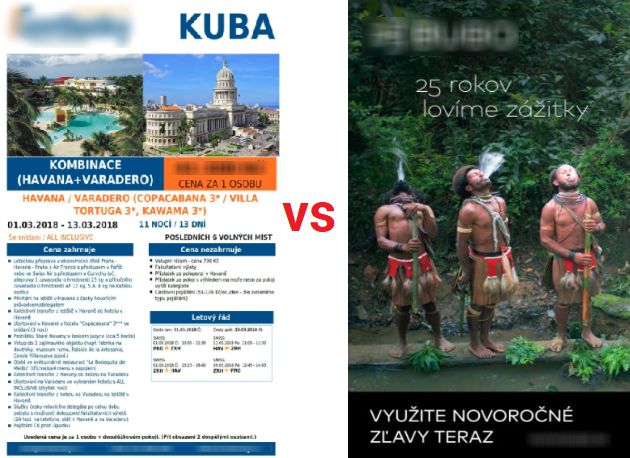
5. Correct routing
Where do you want your potential customers to go after looking at your ad? To your store or eshop?
When approving, we often come across visuals that have the postal address to the headquarters, email, website, a link to the store and also a phone to the call center. Of course, in order to fit all this information into the visual, the text is very small and therefore practically illegible. As a result, the customer does not notice a single contact, or is confused and does not know which contact path to choose.
Rule number # 1 therefore reads - on outdoor areas, state only the website address or the abbreviated address of the nearest store. 99% of people will not remember the phone number and no one will contact you by mail, so it is unnecessary to enter the postal code. People often don't even remember the URL, so they'll search for the company name through Google.
Rule # 2 - If the store is close to the ad space, direct customers to the store instead of the web with a simple "store next to the food court" message. Advertisers often make the mistake of not creating geolocated ads by inserting a web link in all visuals. It's very convenient for graphics, as it doesn't have to create 25 different visuals for each site, but you only need to create one. However, the customer then sees an advertisement, goes to the web at home, starts looking for where to buy the product and finds that the store was only 50 meters from the billboard… to beat.
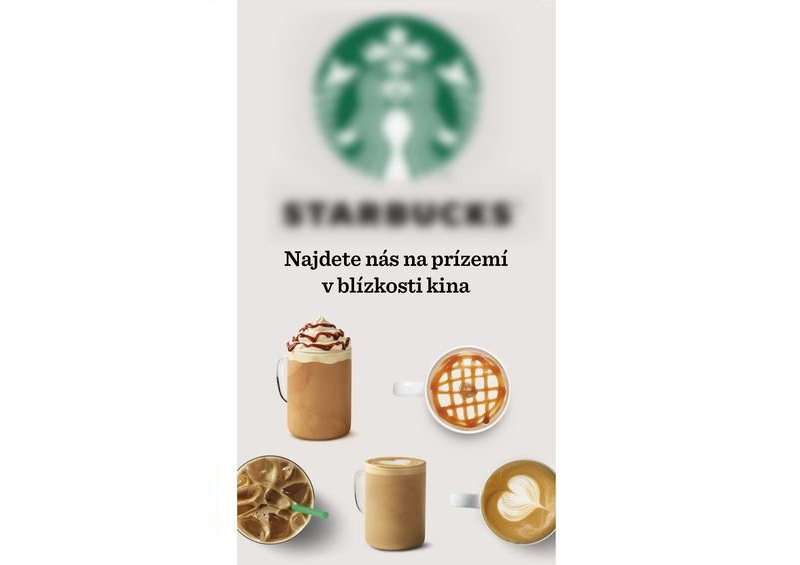
6. Specific content
A common mistake made by marketers is to recycle content for several completely different media. For example, recycling Facebook content on Instagram. Or recycle a TV spot for YouTube. Or recycle YouTube videos for outdoor desktops …
There are many differences that you would find between these media - in the audience, in the place where the ad catches them, and also in their mental setting at the time of watching the ad.
While advertising may reach similar audiences on Facebook and Instagram, users of the two platforms are used to consuming different types of content.
With a TV commercial in prime time, you're likely to catch an audience sitting in front of the TV waiting for the commercial to finish so they can watch their favorite movie.
However, with outdoor advertising, you can really reach the audience in any situation - how bored they sit in the doctor's waiting room, how they work out in the fitness center or hurry from work to buy croissants for the store.
It's therefore astonishing how many advertisers will use a shortened TV spot with a storyline that has a point at the end for advertising screens. Or cut out one scene from a TV commercial and put it on a billboard.
I assume that the intention of the marketer is to remind the viewer of the TV commercial. However, if the viewer has not seen a TV commercial before, the point is likely to be missed. In addition, if it happens that he saw 1-5 seconds and did not see the end (which is quite probable given the average length of viewing), he does not have to deduce from the advertisement only the client, not yet the product.
It's also a mistake to recycle a YouTube ad that automatically assumes the viewer is sitting at a PC at home with the sound turned on. The same advertisement on an LED board, but without the sound played, may not make any sense without accompanying text.
Therefore, create an advertisement for outdoor media in such a way that they follow the overall campaign, but they are also understandable in themselves.
7. Always visible logo and contact information
Outdoor areas are intended as an advertising medium primarily for building brand and product awareness. It is therefore a great pity if the advertiser does not use the full potential of this medium and does not try to make the brand and logo known.
For example, most video ads that reach us for approval do not have a visible logo. Even if they have a logo, then only at the end of the video. However, it is necessary to realize that one does not sit at home behind the TV but is on the move. So he can see the ad at any time.
Placing a brand has not only a pragmatic but also a psychological effect. Try to remember how many catchy ads you remember, but even in that world you can't remember what product those ads promoted. This is because the viewer remembers only a short sequence of the entire ad. It is important for the marketer to understand which sequence most often sticks in memory and to incorporate the brand into it appropriately..
We therefore recommend that you display the logo, contact information, and possibly the name of the promoted product throughout the video. If you stick to it, even a viewer who does not see the ad from start to finish has the opportunity to remember your brand or later find the product on the Internet.
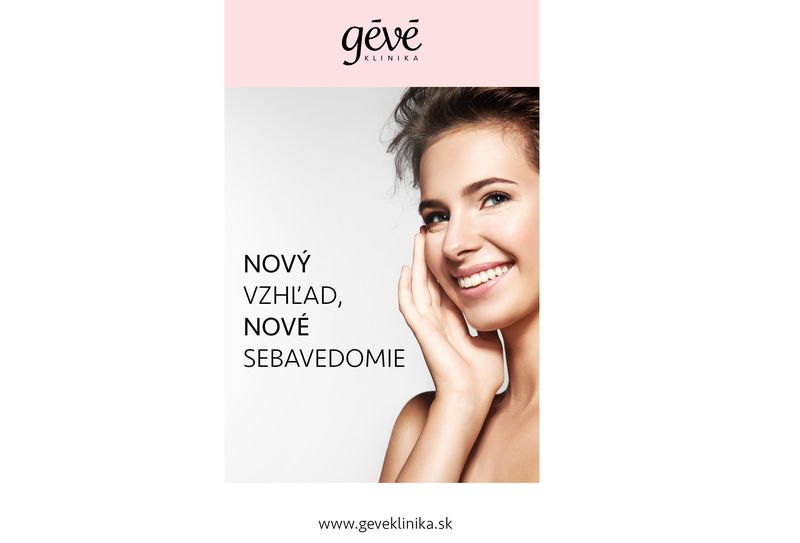
8. Correct colors, sizes and contrast
The difference between YouTube and the LED board is not just whether or not the ad has sound turned on, or whether the viewer watches the ad from start to finish. There is also a fundamental difference in the distance from which he looks at the screen.
Text that is easy to read on a laptop is often quite unreadable on a billboard or digital citylight with many times the image area. This is caused by several factors:
a) the distance of the spectator
We assume that if you are watching a YouTube video at home on your 15 ”laptop, you are sitting no more than 30 centimeters from the screen. In contrast, the average distance of viewers of the advertising screen in the shopping center is 3 meters. These digital CLVs usually have an LCD with a diagonal of up to 75 ”. Now compare it - the size of the screen is 5 times larger, but the distance from the screen is up to 10 times larger. Therefore, make sure that the text is large enough and on a contrasting background.
(b) lighting conditions
Surely you will know the feeling when the sun is shining on your mobile phone and you can't even read a text message. This is due to the low brightness of the display, or the sun shines more intensely than the display. A similar situation occurs with some low-quality digital CLVs or LED boards that have low contrast and brightness. The text on a low-contrast background is difficult to read. If you want to make your visual easy to read in all circumstances and on every device, it is advisable to choose strong colors and a good contrast between the text and the background.
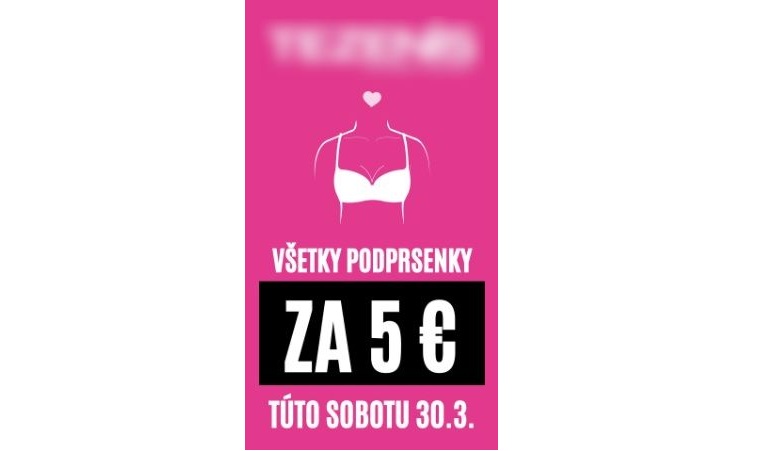
Photo by Nicolai Berntsen on Unsplash
Try it effectively
